Has the extreme weather protocol softened races and riders?
Safety first as organisers and teams less willing to take risks
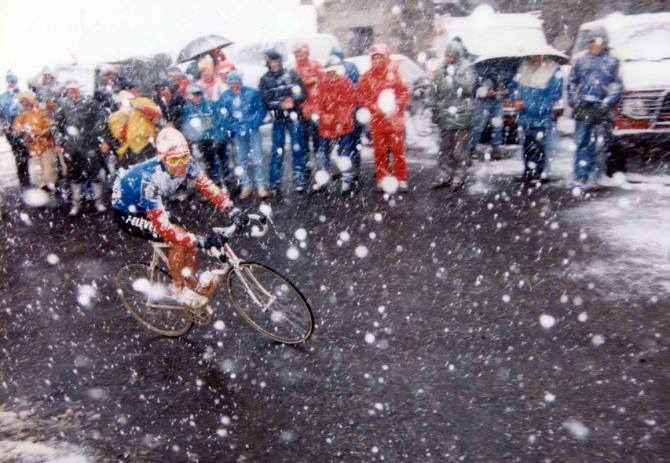
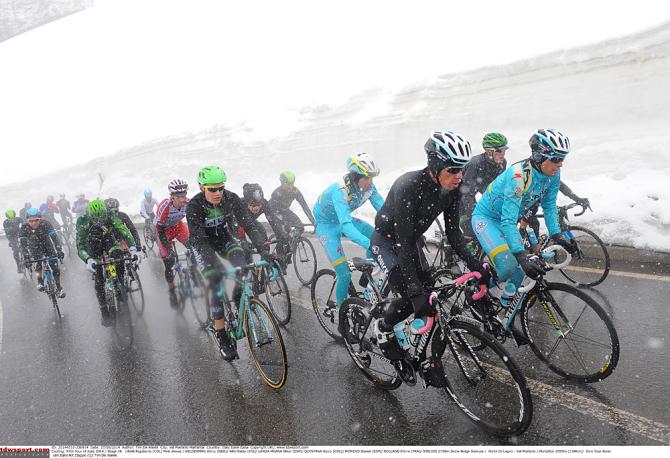
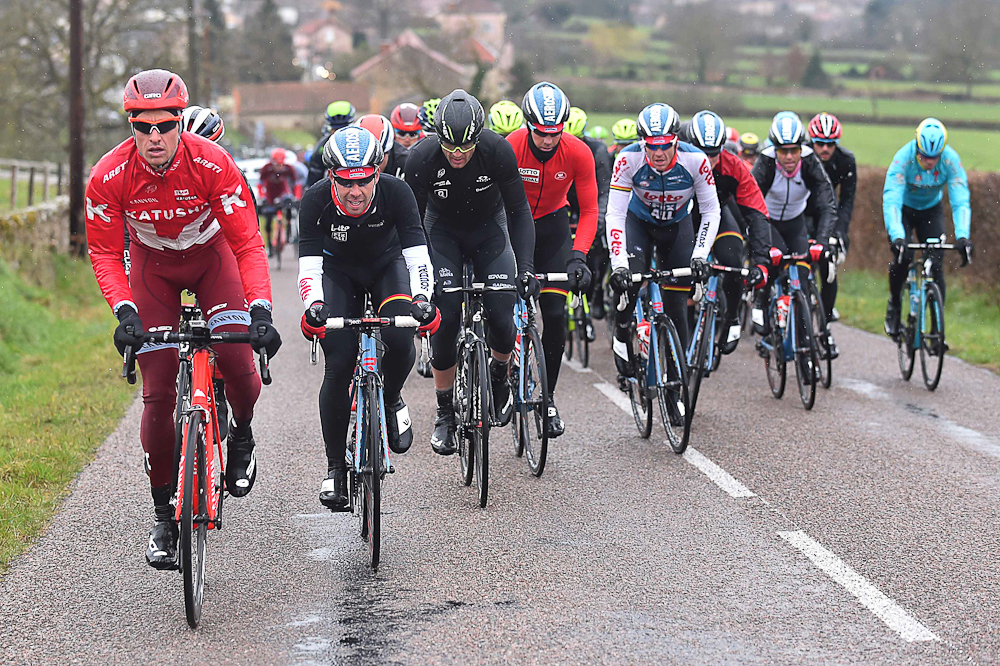
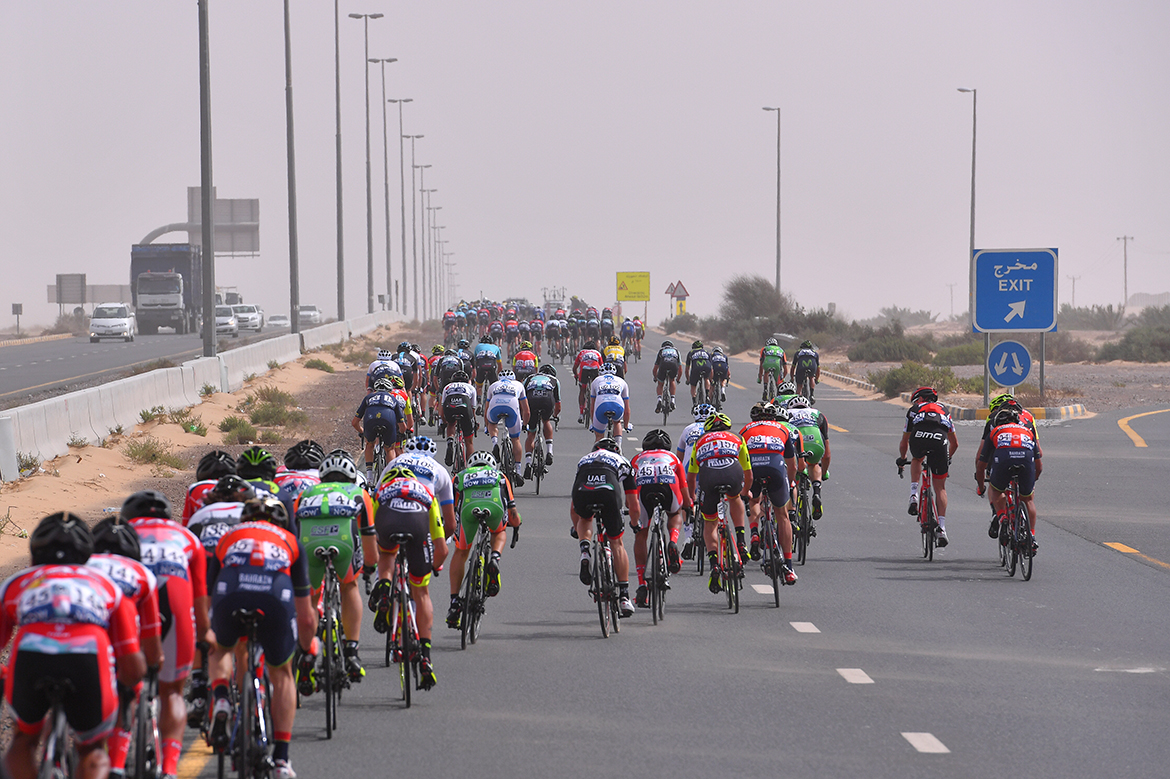
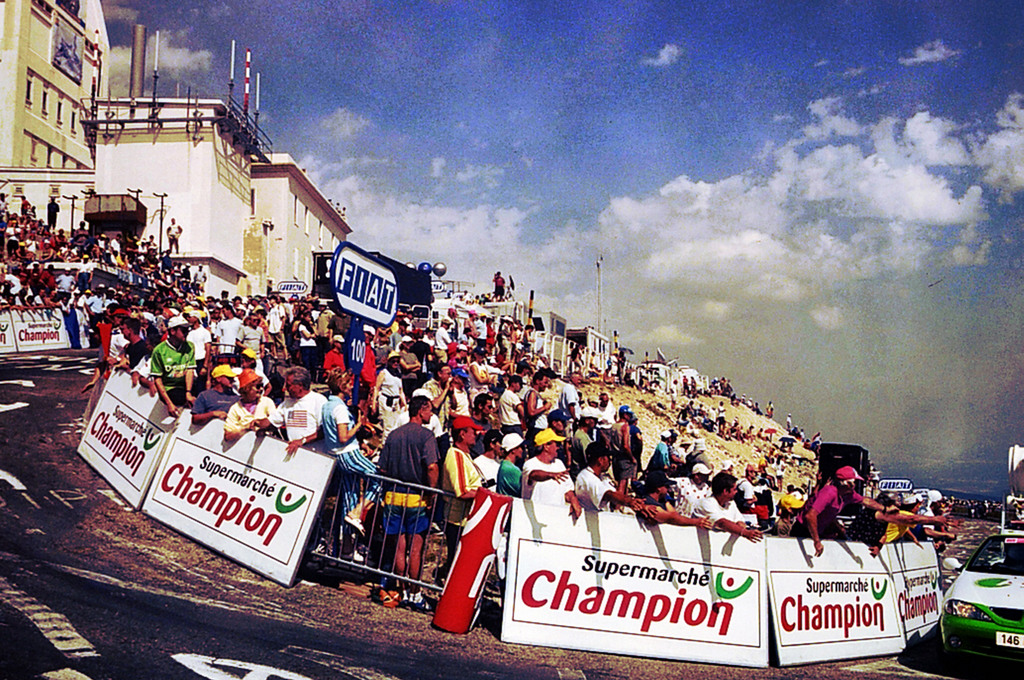
As the early season round of southern hemisphere and desert racing comes to a close, the WorldTour peloton will soon be lining up to race in all sorts of volatile conditions in Belgium, France and northern Italy, for both one-day and stage races.
UCI to consider extreme weather protocol
ANAPRC calls for updated UCI course-safety regulations after Qatar crash - News Shorts
Extreme weather protocol gets tested in Clasica de Almeria
Extreme Weather Protocol a success, but needs improvement says Bookwalter
But after the extreme weather protocol (EWP) impacted so dramatically on the Dubai Tour last week, when desert sandstorms led to the cancellation of stage 4, the number of stages either curtailed or cancelled is steadily growing. From Mont Brouilly to Mont Ventoux, the Dubai Tour to Tirreno-Adriatico, the EWP is now shaping race results, and in some cases, even careers.
In 2016, pivotal finales in France's two biggest stage races, Paris-Nice and the Tour, were cancelled due to the weather. While the decision to abandon the Tour stage finish at the summit of Mont Ventoux was justified, the loss of the Mont Brouilly stage of Paris-Nice was more hotly debated and robbed the race of a key uphill finish.
On the Ventoux, as crowd barriers were blown over and caravans and camper vans faced being blown into oblivion, there was little option. Faced with 100 kilometres an hour winds, Tour organisation ASO moved the finishline down from the summit of the mountain to Chalet Reynard.
Tour de France director Christian Prudhomme insisted that there had been no choice. "We can't set up two finish lines. We're not going to play poker by saying 'Let's see tomorrow whether we put it higher or lower,'" Prudhomme said the evening before the Ventoux stage. "It was the right decision, the decision of a responsible organiser, to protect both the riders and the public".
Earlier in the year, ASO had also cancelled a stage of Paris-Nice, invoking the extreme weather protocol as sleet settled on the roads around Mont Brouilly. The steep ramps to the finish were expected to suit Alberto Contador, but it was Geraint Thomas who won overall in Nice, by just four seconds.
But the days of suffering through blizzards and freezing rain, at least in major stage races, may be over. As Team Sky's Rod Ellingworth pointed out, "Things move on."
The latest race content, interviews, features, reviews and expert buying guides, direct to your inbox!
"We spend a lot of money on riders," Ellingworth said, "and their health and safety is key to the team.
"If you did get riders injured badly in those conditions, you'd think 'why didn't they stop the race?'" Ellingworth said.
"So carrying on (in extreme weather) is a big risk. Everybody knows that and everybody knows that cancelling the race is a big deal too. I don't think there's an ideal solution."
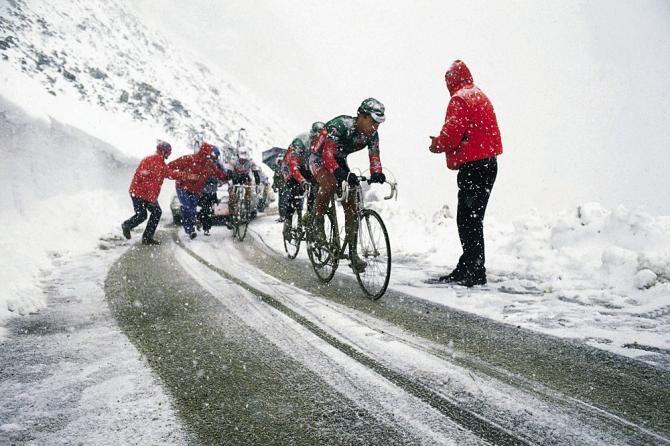
Allan Peiper, a veteran of the notorious 1988 Giro's blizzard on the Gavia, is not so sure.
"If I look back, I was proud to go over the Gavia that day," the Australian said.
"I was last over the top of the Gavia, and I finished 39th on the stage and rode all the way to the finish. It was something to go through, a rite of passage. Maybe that's lost because of the growing professionalism of the sport."
Peiper's initiation into winter training took place in Flanders, where the icy winters hardened him to the extreme conditions. "But global warming has changed things," he said.
"I remember in the winter of 1985, to 1986. There were two weeks in Belgium when it was minus 15, and I trained nearly every day, around Geraardsbergen where the roads were salted.
"I was used to riding in those conditions but those days are gone: we don't have that weather any more. We haven't really had a wet Paris-Roubaix in 20 years so the riders are not as used to those conditions.
"You get the first hint of rain in Belgium and the riders are travelling to Spain to train," Peiper said. "So the mentality has changed."
Now it also seems to be more acceptable to cancel one day's racing in a stage race, than to call off a one-day Classic. Even the notorious Milan-San Remo of 2013, one of the driving forces behind the development of the EWP, survived blizzard conditions to make it to the Via Roma.
According to the ANAPRC (the Association of North American Professional Road Cyclists) the EWP "stage race versus one day race dynamic" has been "extensively discussed."
The ANAPRC believes that riders are more united when it comes to calling off one stage of a multiple day race. "We are more likely to see stages modified or cancelled in stage races and more likely to see racing in extreme conditions in one-day races."
It is unlikely that we will ever again see racing through blizzards and riders crossing the line in a state of collapse, as was the case on the Gavia in 1998, in the modern Giro, Tour or Vuelta. But in Milan-San Remo, the Ronde, Liege-Bastogne-Liege, or Paris-Roubaix — maybe. When it's all or nothing, so it seems, there may still be some epic conditions to come.